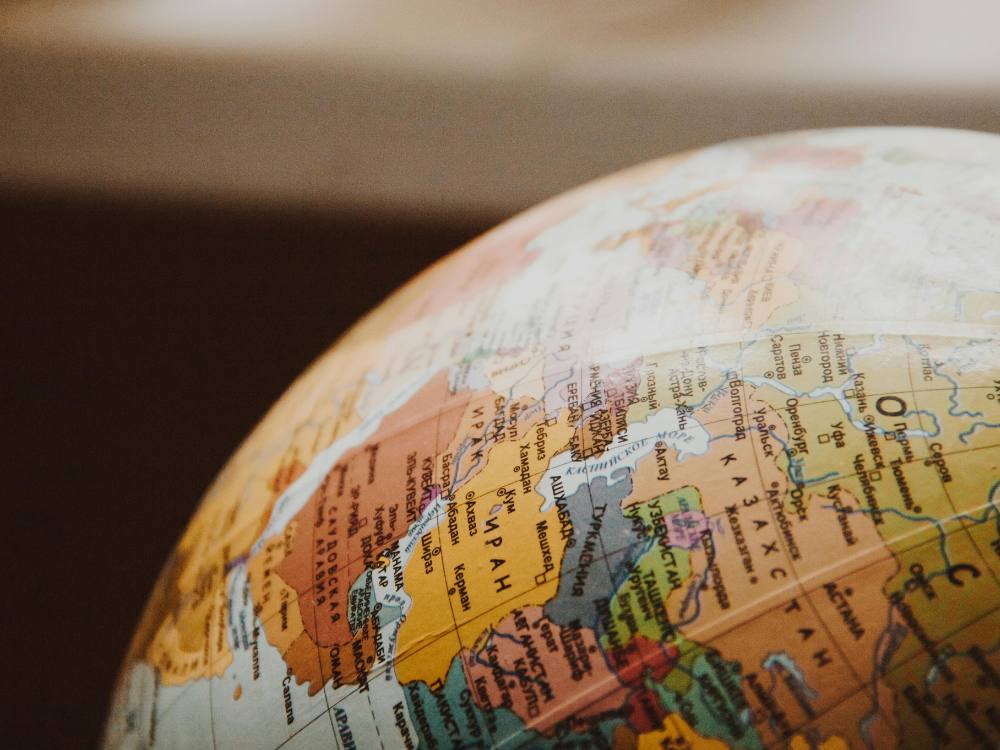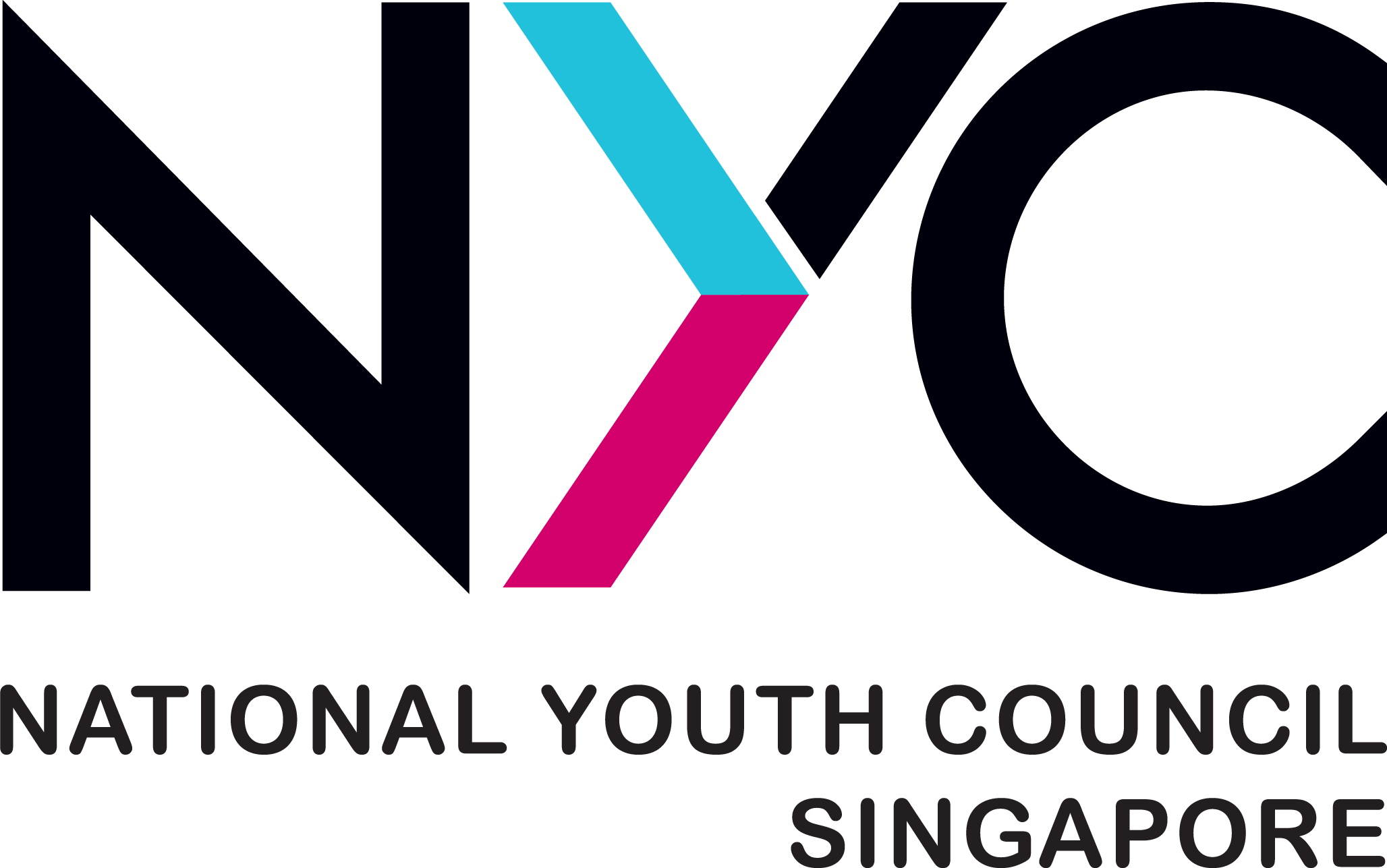New opportunities for Singaporean students to gain overseas exposure in Asia
6 March 2020
Students can look forward to overseas trips to ASEAN, China and India through the Asia-Ready Exposure Programme.

Southeast Asia seems to be a common travel destination for young Singaporeans on a budget.
But we don’t seem to view our neighbouring countries in the same light for overseas stints or career advancements, as opposed to popular destinations like the United States and Australia.
As the demand for overseas stints increases, perhaps such perceptions might change soon.
The Asia-Ready Exposure Programme, announced at the recent Budget 2020, supports young Singaporeans enrolled in Institutes of Higher Learning (IHLs) to go for internships, overseas immersion programmes, service learning trips and exchange programmes to cities in ASEAN, China and India.
Singaporean students from the Institute of Technical Education (ITE), polytechnics and universities are eligible for these short-term immersion opportunities, ranging from four days to four weeks.
Curated by the National Youth Council and IHLs, these trips aim to help students improve their cross-cultural skills and explore their opportunities within the region.
Sounds good? Here are some stories from Shanghai, Philippines, Myanmar and Jakarta to inspire you to take up an overseas stint when the opportunity arises:
Developing new skills and bilingual proficiency in Shanghai
“My overseas internship in Shanghai was one of the most defining moments and impactful experiences in my life. As an account executive intern, my bilingual proficiency was put to the test as I had to liaise with my clients in Mandarin.
“As China is a rapidly growing country, I wanted to gain some experience in an international environment and put myself out of my comfort zone. Experiencing the diversity in Shanghai was breath-taking and definitely gave me a new lens in the way I view the world.
“Working in China has also helped me understand the market niche, learn more about the type of strategies to employ, and challenge my problem solving and critical thinking skills during strategic planning and brainstorming for projects.” – Denyse Tan, 19, Mass communication student at Ngee Ann Polytechnic
Gaining new perspectives about working in ASEAN
“I travelled to Jakarta in June 2019 for a Youth Expedition Project Plus (YEP+) trip endorsed by Youth Corps Singapore. It was a two-week trip where we conducted enrichment activities for the children in the community, refurbished the community centre, set up new furniture, organised a carnival to reopen the refurbished community centre.
“We also attended talks by local social entrepreneurs and Singaporeans working in Jakarta, and visited the Singapore Embassy and ASEAN Secretariat.
“During our visits to a co-working space in central Jakarta, we attended a talk by a co-founder of a start-up that aims to create an online platform, similar to LinkedIn, for blue-collar workers. He shared that they chose to implement their idea in Indonesia, which has one of the largest populations in the region, as they would be able to achieve better results there.
“That talk opened my mind to the possibilities of working within ASEAN.” – Leroy Tan, 25, Social work student at Singapore University of Social Sciences
Creating social impact to help developing communities in Philippines and Myanmar
“I chose ASEAN because I wanted to start the restoration process in our own backyard before going out to the rest of the world. My passion is to help developing communities break out of systemic poverty through entrepreneurship, innovation and collaboration.
“However, it really takes time to break into a community. We need to spend time connecting with them. They don’t fully open up to foreigners until we really show that we have decided to “live” with them and sink into their roots.
31-year-old Michelle Leong (left) currently runs ventures in both Philippines (right) and Myanmar, investing in start-ups and business ventures that help create social impact in developing communities.
Photo credit: Michelle Leong
“Singapore has been so blessed, and we now need to be a blessing to others. Singaporean youths need to have their eyes opened and exposed to the real world beyond the Singapore bubble.
“There are so many opportunities out there. Every day I find a new business opportunity, a new idea. The question or not is whether our Singaporean youths are willing to step out, take the risk, brave the challenges and build something worthwhile.” – Michelle Leong, 31, Founder and Managing Director of 1010RUACH
Exploring new paths in Indonesia
“I had prior experience working in London for a short stint with PwC so my mentor partners wanted me to gain other market perspectives.
“Many attractive locations like New York, Hong Kong, Melbourne, Shanghai came up for discussion, but it would be hard to differentiate myself from those who had gone before me. I eventually trusted my gut and applied for Jakarta.
“Indonesia is such a dynamic market and community. Its proximity and importance to Singapore as well as current lack of Singaporean depth in the market makes it more strategic for my career yet allow me to fly home regularly to see my family and friends.
“Indonesia has huge opportunities in many sectors from its dynamic start-up scene, transforming local conglomerates and multinationals looking to enter the market to a new multi-billion dollar smart city capital in Kalimantan. Any of these would provide unparalleled and invaluable learning opportunities.” – Lim Kexin, 37, Tax Director
Making new friends across Asia
“I had the opportunity to participate in numerous leadership exchange programmes across Asia. I frequently flew to Brunei, Malaysia and India, taking part in ASEAN leadership summits and hosting foreign delegates along the way.
“The programmes gave me a multitude of learning experiences. I especially enjoyed learning about the cultures of the countries so geographically close to us, yet so unique in so many ways.
“So much of who we are today is also a result of the bilateral relationships we have had with the ASEAN regions. The struggles ASEAN face now are not too far off from how Singapore built itself up.
“Although ASEAN may be perceived as being “less developed”, I encourage you to take a step back and to consider the sheer population and their developments in the last five to 10 years.
“Innovations in the areas of education, technology, sustainability and energy within this region are thriving because there are so many opportunities to make a change.” – Khairul Hilmi, 31, Registered Psychologist
